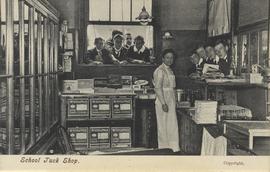A "House" up dormitory (College)
- GB 2014 WS-02-POS-01-15
- Item
- c.1911
One copy annotated on reverse by R.S. Chalk, as follows:
'Memories, 1920-1924
After the cramped conditions prevailing in Rigaud’s Little Dorm, it was a joy to have a ‘House’ of my own, even as a Junior. It provided space, comfort and a welcome degree of privacy.
Pasted up in each House were “The Ten Rules of College”- the Magna Carta of Under Elections. I still remember: “Punishment to be by tanning or [for Upper Elections] desking, and in no other way”, and “No servants’ work to be done by any Under Election”. (There were of course two College Johns- and the ‘Nymphs’).
Each House was screened by a red-baize curtain. At ‘Lights Out’ (9:30) Mon. Chaun. and his partner pulled this back (rather farcically!) to make sure all Under Elections were in bed (of course his coming could be nicely timed!). The commonest occasion for a ‘Case’ was to be out of one’s House (even by an inch) after that.
In this picture, note (a) the hat-box, (b) school photos, no doubt purchased from John Brown.
It may also be noted that the ‘floreat’ (i.e. chamber-utensil) has been removed out of sight. This was called “Setting to Rights” and was regularly ordered on Play Nights, to avoid shocking curious guests who peered inside Houses!'


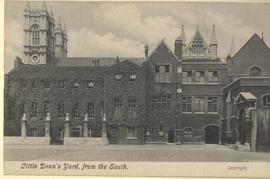
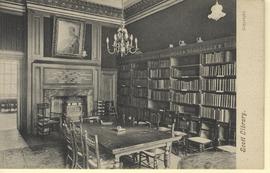

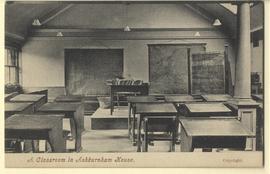
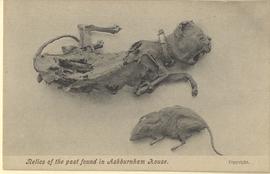
![Grant's [Untitled]](/uploads/r/westminster-school-archive/0/b/f/0bffb0cbd60783e88ef7946f3aad0612330231cb5b2e16cb67a294736841a1b9/POS_01_29_Front_142.jpg)


